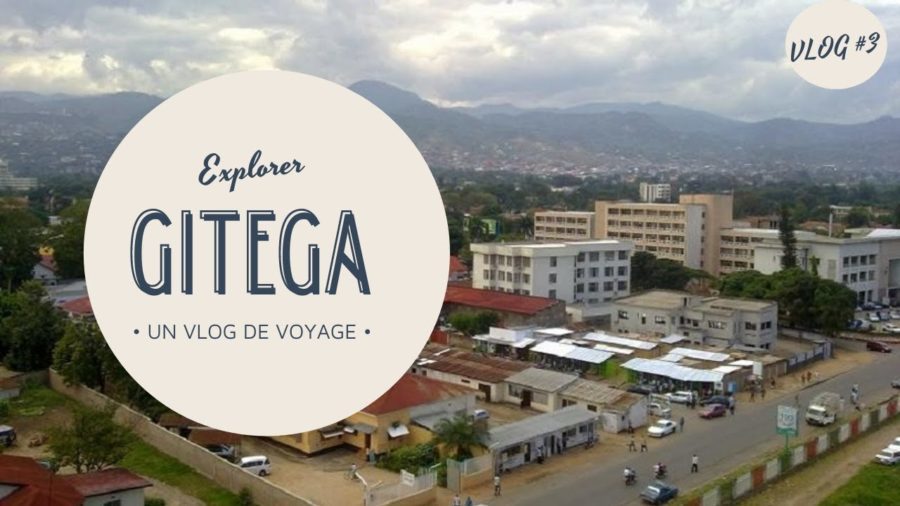
Finding Gitega
By Manu Gome
Known officially as Burundi’s 2nd city, Gitega sits high up in the hills, a two-hour drive east of Bujumbura.
My journey to this former colonial capital of Burundi started in the most ordinary way possible: I took a public minibus.
I like to use Public Service Vans (minibus) whenever possible because you are sure something interesting will happen on the way. This time was no different.
From the half-hour delay at Gare du Nord because, after over an hour of sitting in his van while it loaded passengers, the chauffeur realized only after it was full that he needed to change a tyre; to the comedic passenger who kept ‘threatening’ to get out of the van- for whatever flimsy reason came to his mind- but never did (even when the rest of us, fed up with his antics, begged him to go); to the fifth passenger in the first row of the van who, on seeing the police ran for the hills (literally) and left his luggage in the mini-bus, my journey was proving as entertaining as I had hoped. But there is another reason I like to use minivans: I feel they give an outsider a fairly good insight into the character of a country’s ordinary folk.
As we sped up the excellent tarmac road that winds through hills covered in banana plantations, cassava, climbing beans and tea, the easy chatter of the passengers amongst each other told of Burundians’ sociability; the man who shared his roasted peanuts with the rest of the passengers told of their generosity; the woman who, looking at a cloud-covered hill in the distance, nonchalantly remarked, “The hill is carrying clouds (on its head)”, told of the poetry of Kirundi; and the minivan’s conductor (locally called convoyeur) who begged and cajoled you sweetly to enter his car and turned into a fire-breathing Shylock as soon as you were firmly inside told me, well, that these guys are the same everywhere.
Finally, as the midday sun blazed right overhead, we arrived in Gitega. Many of the buildings have colonial architecture, giving the city a classic retro feel that makes you feel like a wanderer in some ancient city. Immediately upon entering the city center, you can see why Gitega is called the heart of Burundi. Apart from being geographically in the center of the country, Gitega is a throbbing, pulsating city, full of life and activity.
All around, traders and touts, beggars and taxi owners vie for your attention in alternating Swahili, Kirundi, and French as they struggle to place you. From afar each of the many shops seems busy, and you can see two or three customers standing and gesturing in the door of each one, while the busy shop owner, his body half-turned away from them, attempts to find their order on the shelves above.
After a couple of hours just walking the streets and popping into random shops in the baking sun, it was a relief to discover some great hotels- Tropitel, Helena, and Bethel to name just three- within or right at the edge of the city center where one could chill out. I had a delicious buffet at Helena Hotel and a relaxing afternoon with cold drinks at the luxurious Tropitel; and although I only spent one short afternoon in it, Gitega is certainly a place I will be returning to soon
Read More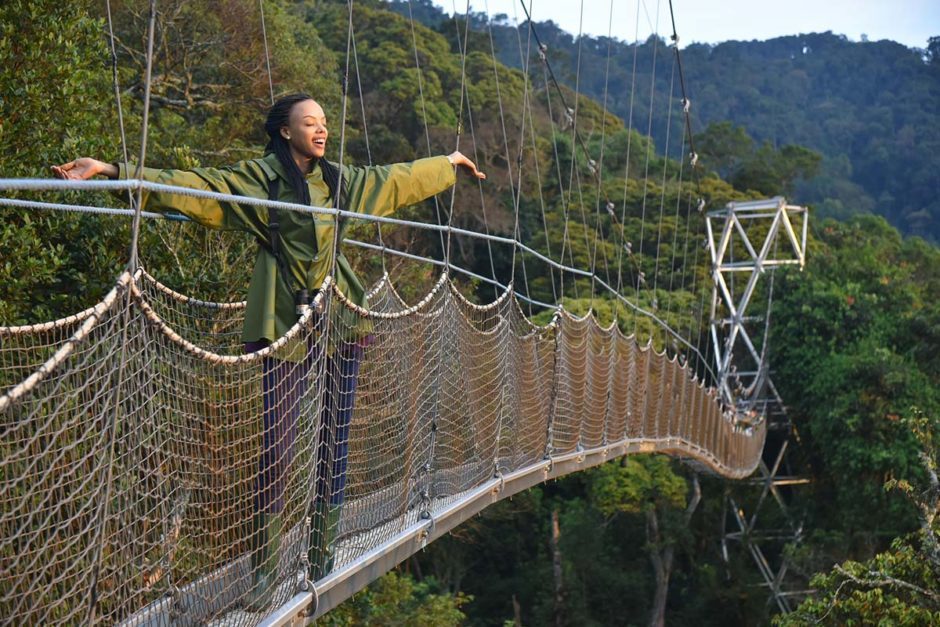
The Amazing Nyungwe’s Canopy Walk
Will give you the thrill of a lifetime!!! Nyungwe Forest National park is, without doubt, one of the reasons why Rwanda has lately become a top tourist destination the world over. A visit to this place should be among the things on your ‘To-Do List’ before this year ends. It is not only a place for relaxation but also one for adventure and insight into Rwanda’s unique beauty.
Nyungwe Forest is the largest protected mountain forest in Africa covering between 1600 and 2000 square meters; and, being a five-hour drive into the heart of Rwanda, the long drive to Nyungwe gives visitors a chance to drink in the country’s diverse scenery and impressive landscape en route to the main attraction. Once you get there, prepare yourself to embark on one of the most incredible adventures you will ever have: The Canopy Walk! Besides the beautiful scenery, huge, centuries-old trees, and extra-thick forest, this outstanding tropical forest is sheltered to a 200m Canopy Walkway that will give a thrill that can hardly be matched by anything else.
Getting to the Canopy is about 2 hours from the starting point at Uwinka Visitors center. This forest is on a mountain and so the hike down is quite slippery because of the mere fact the ground on which the tourist’s trek is wet and moist. Seeing the Canopy on arrival, especially for those afraid of heights, could be described as ‘The endless walk to Hell’. The bridge suspended between huge trees gives one a feel of fresh air, 60 meters above the forest floor. Besides the freshness in the air and magnificent aerial view of the trees, you will enjoy the sight of beautiful birds flying across as you enjoy the walk.
The Canopy Walk is a favorite activity for park visitors. It is one of those things you want to attempt before you die. Opened in 2010 it is the only one of its kind in East Africa and the third on the continent. The 90-meter long Canopy walkway offers unique face-to-face encounters with butterflies, colorful birds, and monkeys. Hardwood trees dominate the upper canopy while the lower part is beautified with a large selection of purple orchids and lush flora and fauna that flourish better in the higher altitudes.
Besides the Canopy Walk, the park offers a range of trails into different parts of the forests for avid hikers and occasional walkers. All the guided walks depart from the central Uwinka Reception center, the western Gisakura entrance, and the eastern Kitabi entrance. While the view may be better from above, this tourist attraction is equally fascinating from the forest floor. A network of over ten mud trails takes you deep into the heart of the forest park.
Finally, do reward yourself after a 10km hike with a visit to Nyungwe Forest’s beautiful Ishumo waterfall. It may be small in size, but this calm waterfall is striking in its own way and the breeze to which one is welcomed will feel like one of life’s simplest and greatest pleasures.
Read More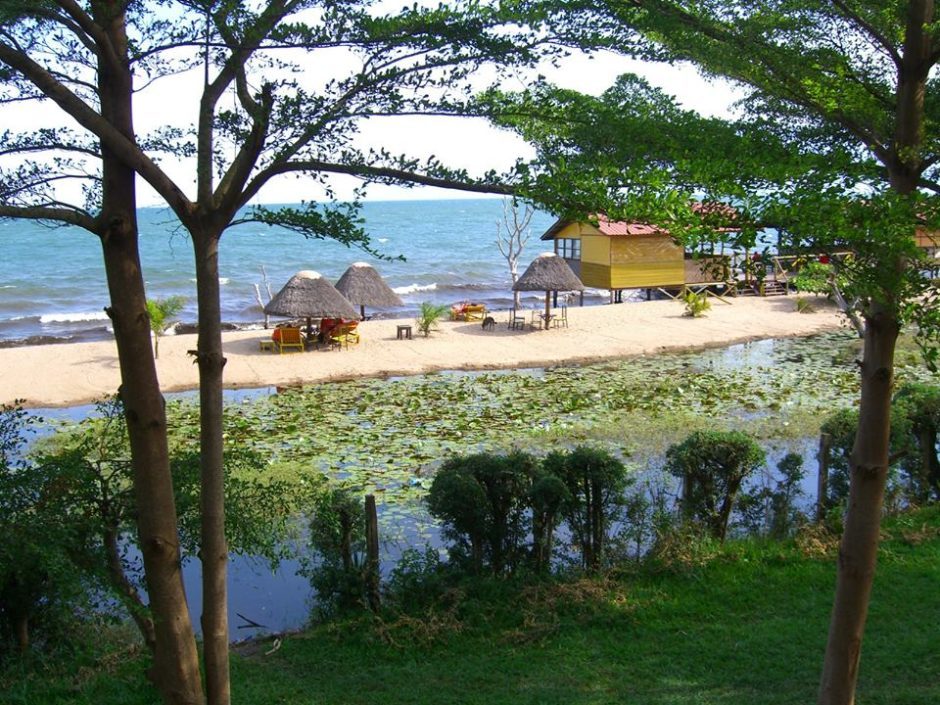
Life Is A Beach In Rwanda
Discover the joy of life at Rwanda’s beaches. It is one thing to love the beach; another to have a beach culture. You know a country’s citizens love the beach when you visit one on a Sunday afternoon to find thousands of bikini-clad folk, wearing designer shades, frolicking in the sand, and playing in the water.
But if you find, among this teeming crowd, hundreds of mothers carrying babies at their backs, teenage Muslim girls- wrapped up in hijabs- running up and down on the beach, and beggars and street children alternating their rounds of ‘work’ with diving and splashing in the water, then you have a people for whom the experience of going to the beach is a very part of the fabric of society; this is a Beach Culture, and Burundi has one.
Because it shares a large chunk of its southwestern border with Lake Tanganyika, Rwanda boasts some spectacular beaches along the shoreline of the world’s longest lake (It is 600km in length). No wonder the interaction with the lake is such a firmly fixed routine in the lives of the locals. It is also one you should not miss when you are in Burundi.
There are a number of nice places you can visit in Rwanda, where the atmosphere is great and the beaches are world-class. You could visit Bora Bora beach or the famous Hotel Club du Lac Tanganyika or even The Royal Palm Beach Hotel if you want a first-rate experience, with wireless internet, live performances from local bands or traditional musicians and great hotel restaurants with varied menus you can choose from when you come back, starving, from swimming in Africa’s deepest lake.
Alternatively, if you are the sort that likes to have happy locals milling about every which way, you can try out the other, the more low-key that boasts little except a bar and a decent waterfront. What they lack in a wine list and a variety of gins and brews, they more than makeup for in the diversity of the crowd. Check out, for instance, the “New Black and White beach”, and you will be overwhelmed by the sheer crowds of smiling locals who are just out to have some fun.
Everywhere you turn, you will see children running in the sand, lovers giggling over some whispered secret, adults seated in plastic chairs, smoking ‘Yes’ and ‘Intore’ cigs, young people playing pool in a nearby shelter, and the frenzied shouts of sweating youths dancing to the latest Swahili and French hits. The sheer joie de vivre of these places is as infectious as the bewitching beauty of the high-end places is enchanting. Both are experiences you should not miss.
Read MoreRemembering the Genocide against the Tutsi
Twenty years ago, over a space of 100 days, Rwanda was engulfed in a senseless massacre as more than one million innocent Rwandan lives were snuffed out in the heinous Genocide against the Tutsi. Starting January this year and culminating on the 7th of April, 2014, Rwandans will commemorate the twentieth year since that tragic period in its history.
Why not do something different on your tour this year and stand with Rwandans as we honor the innocent lives that were snuffed out in the tragic 1994 Genocide against the Tutsi? It is an important occasion to remember the lives that were lost, show solidarity with survivors, and unite to ensure it never happens again – in Rwanda or elsewhere.
Now, commemorating a tragic event may not sound like your typical idea of ways to spend your time while you are on tour, but sometimes there is no better way to express our human solidarity with our brothers and sisters than to join them in mourning their loss and, even better, celebrating their remarkable recovery from one of the greatest disasters of the 20th century. Because that is what this year’s commemoration of the 1994 Genocide against the Tutsi is all about: remembering those who died; uniting through reconciliation and renewing and transforming Rwanda and the world by sharing experiences.
This year’s commemoration is dubbed Kwibuka20. Kwibuka means ‘remember’ in Kinyarwanda, Rwanda’s language, and is used to describe the annual commemoration of the 1994 Genocide against the Tutsi. It is also a chance to learn about Rwanda’s story of reconciliation and nation-building. How you can participate A series of events will mark the twentieth commemoration of the Genocide against the Tutsi in Rwanda.
You can join the Flame of Remembrance tour that started a countrywide tour on the 7th January 2014 and will end on 7th April at Gisozi Genocide memorial; or you can participate in one of the international events such as Global Umuganda or Walk to Remember, watch ceremonies and conferences as they are streamed live through the Kwibuka website. At the same time, international conversations about genocide will take place in Kigali, New York, London, Addis Ababa, and Washington DC.
Finally, you can also participate in the online One million Voices campaign and share your thoughts on Kwibuka20 under the theme “Remember-Unite-Renew”
Traveling the world need not be limited to having fun and adventure. Sometimes the best thing for you may be to have a truly transforming life experience. And few can beat the bond that comes from having a truly human experience with fellow human beings thousands of miles away from home.
For more information on how you can participate in Kwibuka20, please visit
http://www.kwibuka.rw/ or http://cnlg.gov.rw/
Read More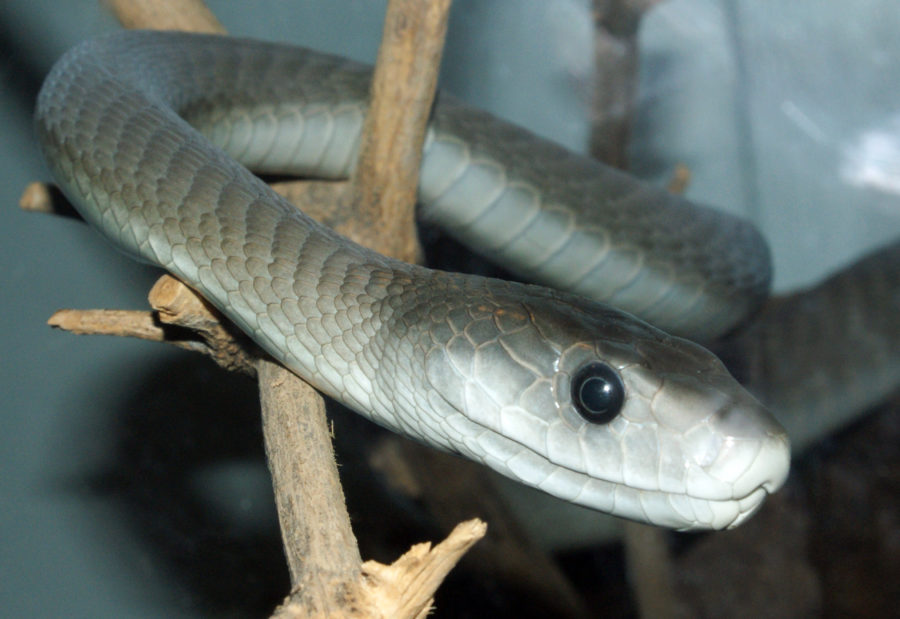
Inzoka in Rwanda
Black mamba. Rwanda is famous for its unique wildlife, the first things to come to mind are probably the world-famous mountain gorillas or perhaps the endemic bird species, depending on your inclinations.
Yet, Rwanda has much more to offer, especially if you can put your fears aside and take a look at smaller, scalier, creatures to be found…
Many people are scared of snakes. They are often, incorrectly, labeled as ‘slimy’ and ‘cold’ and it is a common misconception that all snakes are venomous and will strike and kill given an opportunity. In fact, only 5 of the 30 species found in Akagera National Park are venomous and snakes are very shy and secretive creatures. You could consider yourself lucky to see one in the wild.
In Rwanda, there are over 45 species of snakes, most of which are found in national parks. With over 30 species, Akagera has the highest diversity of snakes in the country.
The black mamba (‘Insana’ in Kinyarwanda) is perhaps one of the most infamous venomous snakes in Africa, they are large, metallic-grey snakes.
They can sometimes be seen crossing the road in the warmer hours of the day and can move with lightning speed. Other venomous snakes to watch out for include the forest cobra (‘Inshira ikirezi’), the black-necked spitting cobra (‘Inshira rukara’), the puff adder (‘Impiri’), and the boomslang (‘Imfudura’).
The East African puff adder is a beautifully colored, short, fat snake, quite distinctive in pattern and shape. Puff adders are nocturnal and due to their habit of lying in open paths, and their reluctance to move for any passersby, they are responsible for the most snake bites in Africa.
Most of the snakes encountered in Rwanda are not deadly and the diversity is vast, there is something for everybody’s taste: red; brown; yellow; stripped; banded; bright green with blue spots! No joke – the spotted bush snake is a common and harmless snake. Some snakes are specialized bird egg eaters and others only eat other snakes, some live in the lakes and others only in trees, some very rare and others fairly common.
The chance of encountering a snake in Kigali, or any developed area in Rwanda, is fairly slim. However, there are some snakes that you may be found co-habiting within the city.
Brown house snakes (‘Ikiryambeba’) are called so because of their tendency to be found in houses. Luckily they are harmless and, in fact, they can be useful to have around if you have a pest problem, they are very effective hunters and prey on rats and mice.
The western side of Rwanda has snakes that are very specific to the region and only found in the rain forests. The thick vegetation of rain forest makes snakes very difficult to see, yet if you are lucky enough to see one it could be the endemic Rwanda forest green snake resting on a high branch, or the black tree snake climbing up the trunk of a tree with incredible agility.
Another species endemic to the Albertine rift is the great lake bush viper, one of the most beautiful snakes in Rwanda.
If you do happen to encounter a snake there are certain precautions you should take. Snakes are shy but if they feel threatened they will try to scare you off: some snakes will hiss, or rub their scales against each other to produce a hissing sound; others will blow or flatten their neck to appear bigger.
This is a warning for you to back off, and if you don’t they may strike and bite as a last resort. It is important not to try to kill the snake as you may be putting yourself in more danger.
Take a picture of the snake or observe as much detail as possible in order to identify it. There is lots of information on the internet, take a look at “East African snakes and other reptiles” on Facebook, they can help you to ID the snake.
It is safer to contact a competent snake expert to remove the reptile from your garden if it is not welcome. Although most snakes are harmless, being on the sharp end of one is never a good thing.
In the event of a snake bite, the best thing to do is nothing: go to the nearest hospital and give a description of the snake that bit you.
Identifying the snake is important to know the treatment required since the venom of different snakes has a different effect on the body. Do not cut the site of the bite, suck the venom out or apply a tourniquet.
Try to stay as calm, keep the limb immobile, and, if necessary, put a splint into place to avoid movement.
Snakes are important animals and help us to keep pest numbers down, so please think again before killing a snake.
For more information, contact Kenny.
babilon@gmail.com
Health: Colour Therapy
The rainbow inside us. There are seven energy wheels (chakras) that are reflecting the colours of the rainbow. They are situated within the endocrine glands and are closely related to our organs, nervous system and emotions. Each chakra vibrates on a specific colour frequency yet they are in constant energetic c o r r e s p o n d e n c e with each other. A balanced chakra system reflects bright colours, the energy flows freely and we are in a healthy, happy and peaceful state. Unbalance in any chakra leads to a change in colour, blockage of energy, emotional stress and eventually shows in form of physical ailments.
Colours of the chakras
Red:
Chakra: BASE or ROOT, situated at the base of the spine Area of survival, stability and security issues, fears Endocrine gland: adrenals Organs related: kidneys and bladder Physical problems related: Constipation, diarrhoea, cold fingers/ toes, high blood pressure, kidney stones, problems with hips, legs and feet.
Orange:
Chakra: SACRAL, situated lower abdomen Area of self-respect, giving and receiving, creativity, fertility Endocrine gland: ovaries, testicles Organs related: uterus, large bowel, prostate, ovaries and testes. Physical problems related: reproductive system problems, irritable bowel syndrome, lower back pain.
Yellow:
Chakra: SOLAR PLEXUS, situated below the ribs Area of self-worth, personality, ego and the intellect. Endocrine gland: pancreas Organs related: liver, spleen, stomach, small intestine. Physical problems related: Digestive issues, diabetes, pancreatitis, liver disease, gall stones.
Green:
Chakra: HEART, situated in the centre of the chest Area of love/self-love, giving and receiving unconditionally Endocrine gland: thymus Organs related: heart and breasts Physical problems related: Heart diseases, diseases of the Immune System
Blue:
Chakra: THROAT, situated in the throat area of self-expression, communication, truth & purpose.
Endocrine gland: thyroid Organs related: throat and lungs Physical problems related: Thyroid problems, asthma, bronchitis, mouth ulcers, sore throats.
Indigo:
Chakra: BROW, situated in the centre of the forehead Area of self-responsibility and trusting one’s own intuition
Endocrine gland: pituitary Organs related: eyes, lower head and sinuses Physical problems related: Tension headache, migraine, visual defects, sinus problems, ear problems.
Violet:
Chakra: CROWN, situated in the top of the head Area of self-knowledge – your higher consciousness. Endocrine gland: pineal Organs related: brain Physical problems related: depression, dizziness & mental disorders Attraction to any of these colours gives brightness to the related chakra whereas a dislike to any of these colour(s) is a blockage in the related chakra(s).
Colour Therapy:
Colour Therapy is an ancient holistic healing way to balance our chakra system. There are various methods of applying colour to the body. I use the technique of visualisation, giving the mind the colour impulses needed to restore balance within the chakras that are blocked. Sounds unbelievable? Yet if belief can move mountains then surely we can turn this rainbow inside of us into a bright and colourful one to restore health and happiness.
Be the rainbow that you are. For more information on a colour therapy
workshop, please contact:
Petra Behnsen. Email: petrabehnsen@gmx.net
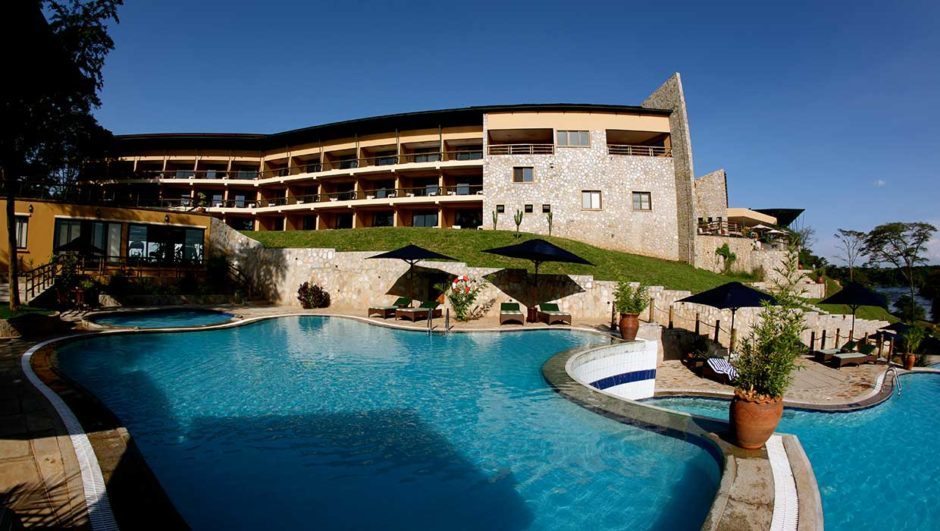
Chobe Safari Lodge
This Five Star lodge is undoubtedly the gem in Uganda’s crown of tourism destinations.
With breathtaking panoramic views, the sights and sounds of the Nile, it sets the scene for an adventure of a lifetime.this one of the most luxury hotels in Uganda you couldn’t wish to miss sleeping there.
It has all kinds of rooms depending on the number of people you are traveling with most of the rooms are for luxury accommodation.it has all double, family room, and single rooms
Read More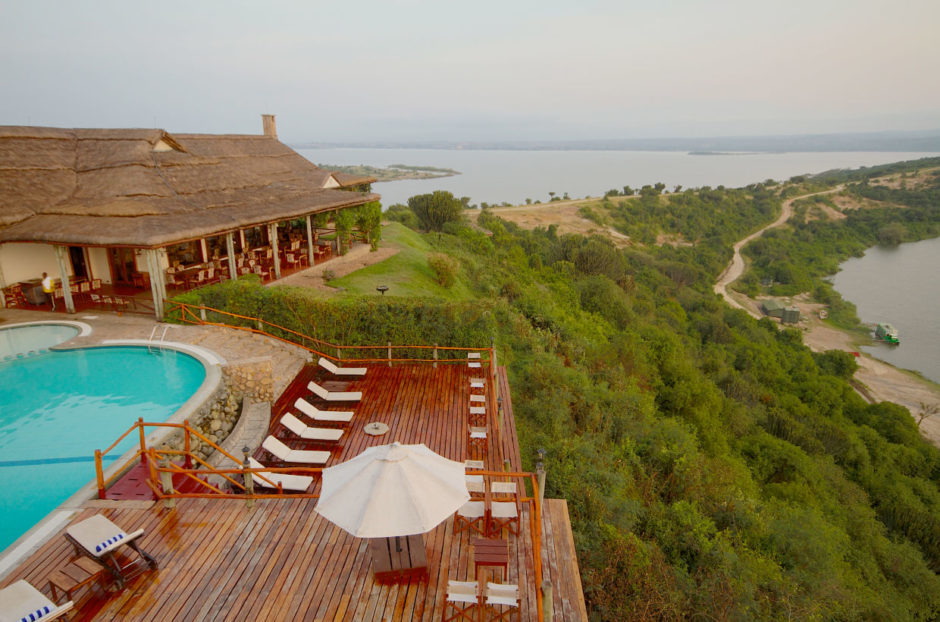
Mweya Safari Lodge
Located on a peninsula within the heart of the Queen Elizabeth National Park, Mweya Safari Lodge is surrounded by the
the magical Rwenzori Mountains are aptly described as the ‘Mountains of the Moon’.
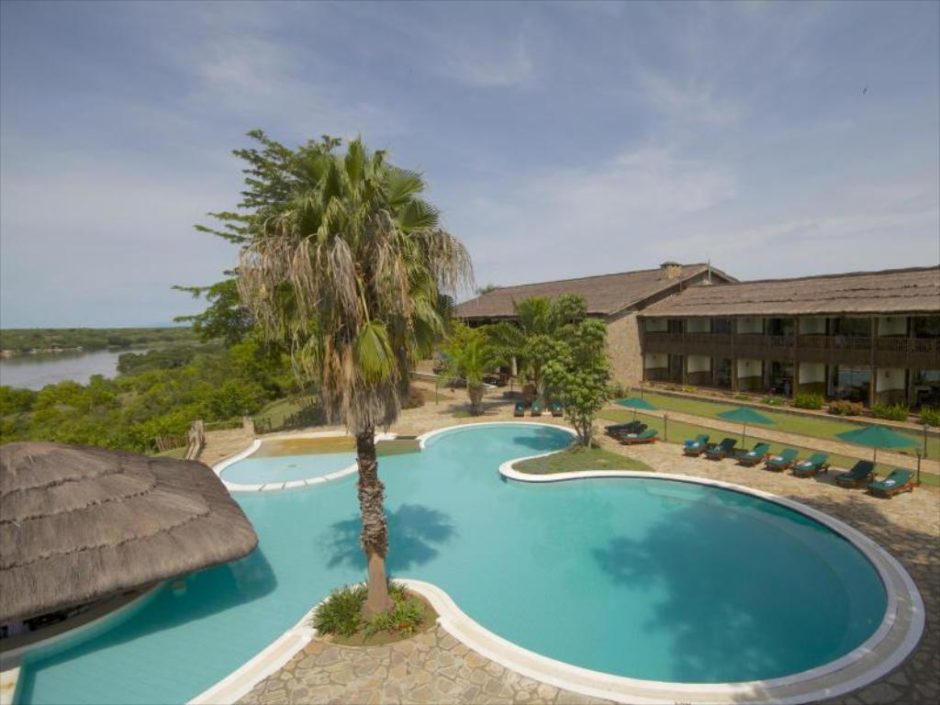
Paraa Safari Lodge
Situated in the northwest of Uganda overlooking one of nature’s best-kept secrets, the River Nile, on its journey from
its source at Lake Victoria to join Lake Albert.
Paraa Safari Lodge offers a unique blend of comfort, relaxation, and adventure.
Read More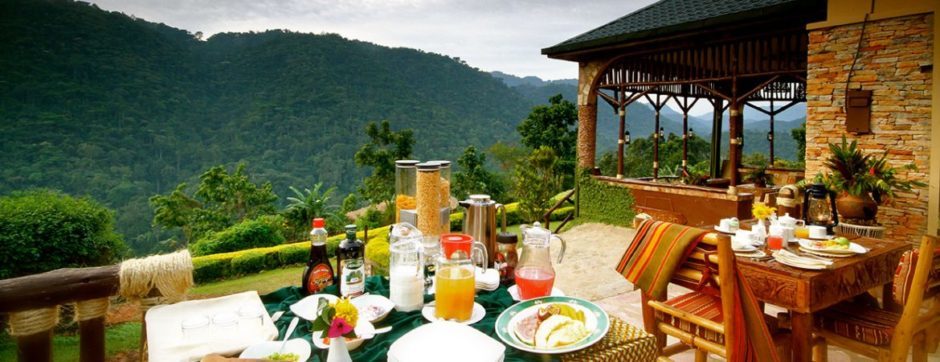
Silverback Lodge
Located in the Buhoma sector of Bwindi Forest National Park in western Uganda, Silverback Lodge is only a 5-minute walk to the national park and has sweeping views of the valley and forests that surround it.
Read More